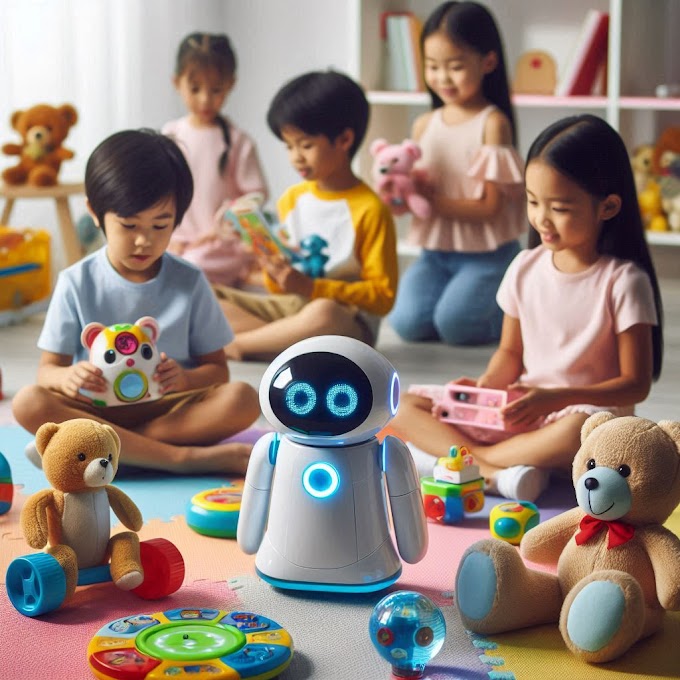Men as well as woman use personal care products for maintaining hygiene of their body and skin. These personal care products help our skin get essential nutrients that are not there in our food, and can be directly applied on the skin or body. Personal care products are manufactured by personal care product manufacturers under strict supervision and quality control manufacturing unit. In this article let us explore about the personal care product manufacturing and understand how personal care product manufacturers ensure quality control in manufacturing unit.
1. Formulation Development
Personal care product manufacturing is done by processing high quality raw materials which are obtained from mother nature. It can be in the form of rocks which are turned into powder, plant extracts, juices obtained from medicinal plants, and refined oils and milk cream which can make our skin healthy and promotes cell growth and repair.
2. Procurement of Ingredients
After the selection of formulation, procurement of raw materials is the key step. It needs to choose the suppliers that strictly adhere to regulations about purity and safety of ingredients. Personal care products have to be confirmed to be free from contaminants, allergens, and toxic chemicals. Many brands opt for responsible and sustainably sourced ingredients to appeal to more concerned consumers about their environment. Additionally, there may be some acquisitions of organic, cruelty-free, or vegan approvals based on the positioning of the product.3. Batch Manufacture
Once raw materials are sourced and accepted, the manufacturing stage enters the batch process. This involves the mixing of the said raw materials with very precise formulations by sophisticated equipment such as mixers, blenders, or homogenizers. Temperature control, mixing and addition sequence of different ingredients is strictly adhered to ensure consistency in all batches. Depending upon the type of product developed, different techniques used could be emulsification, heating or cooling. Personal care manufacturers need to ensure that homogeneity is maintained in each batch, thus ensuring the quality of the product.4. Quality Control and Testing
Quality control is heart of personal care product manufacturing process. Samples for testing are drawn through every batch of production at different stages; hence, compliance to safety and quality standards is vigorously tested. Some tests taken include pH levels, viscosity, stability, and microbial contamination. Shelf-life tests of products are also done to confirm the effect and safe use over time. Regulatory compliance is of extreme importance as personal care products must be safe as defined by a governing body, such as the FDA in the United States or EU's Cosmetics Regulation. A product that fails to pass these tests will receive product recall or be penalized by the regulatory agencies.5. Packaging
The product passed all quality control tests and will be forwarded for packaging. Packaging not only saves the product but also acts as a marketing aspect as the brands can be showcased on the retail shelves. The type of packaging material selected will be based on the product formulation so that they can go along with that along with durability. A UV-sensitive product can be covered under opaque type of packaging to avoid degradation, whereas an eco-friendly brand can be a biodegradable or recyclable kind of packaging. Another important part of packaging is that the labelling should give clear information about the ingredients, usage instructions, and even claims like "hypoallergenic" or "organic."6. Regulated Regulations
Personal care or cosmetic product manufacturing is a challenging sometimes. The reason is because we need to manufacture cosmetic products that can be used for all skin types without any skin disorders or irritations. That is why there are several rules, regulations and guidelines that are set by local, state or international government for ensuring quality personal care product manufacturing.















0 Comments